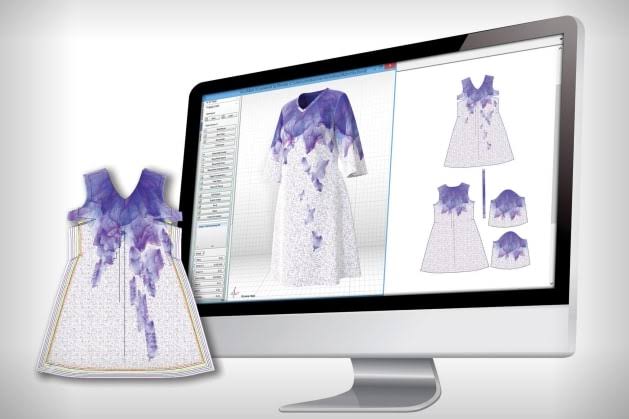Ms. Arpita Shukla, Founder & CEO, Drywa Store

The ever-revolving fashion world has seen constant changes over the centuries. These cultural shifts once dictated by skilled artisans are now intertwined with the rapid advancement of technology. Once popularly known for its traditional craftsmanship the fashion industry is currently experiencing a digital revolution that was once unimaginable.
The digital process is required from designing to manufacturing to the shopping experience, which also means fashion is transforming the way it is created, manufactured, marketed, and consumed.
Creating Prototype
In the traditional fashion industry designers rely on paper sketches and physical prototypes to convey their ideas but with digital tools and software the creative process has become effortless and easy to bring ideas to life. Computer-aided design (CAD) enables designers to create intricate patterns with 3D designs and experiment with colors. This speeds up the design process and reduces wastage by resisting the need for physical prototypes.
Embrace eco-friendly fashion
The fashion industry is embracing sustainability and technology is playing a vital role in eco-friendly innovations in this sector with fabric production such as recycling techniques and lab-grown materials reducing industries carbon footprint which has always been criticized for its negative environmental impact. Consumers are also playing a vital role in this significant change and are focusing on eco-friendly choices.
Moreover, fashion brands are utilizing blockchain technology and artificial intelligence to trace the supply chain of their products, insurance authenticity, and transparency. The technology is helping brands optimize their production process as well as predict consumer and market demand accurately.
Customized option availability
With the help of technology, fashion brands are also improving the way they interact with their consumers online platforms and applications use AI algorithms to provide enhanced consumer experience that involves personalized shopping.
These algorithms understand consumers’ need through their purchase history and recommend products according to their style and preferences. Virtual try-on tools are also improving consumer experience and enabling them to try the product without visiting physical stores.
The personal clothing option unleashes customers’ creativity and allows them to select colours, fabrics, and prints while scanning technology makes sure the customized pieces fit perfectly and decreases the chances of returns and exchanges.
Augmented reality (AR) and Virtual reality (VR)
AR and VR technologies are bridging the gap between the physical and digital worlds of fashion. Augmented reality enables consumers to try on products effortlessly from their smartphones giving them revolutionize shopping experience and reducing uncertainty that has always surrounded the online shopping experience
.
VR is further enhancing the shopping experience for customers where they can explore digital stores and attend virtual fashion shows from the comfort of their homes.
Digital Marketing
With the digital revolution, the fashion world is experiencing massive transformations from traditional runways to virtual fashion shows. This allows designers to showcase their collections to the global audience in real-time. Virtual fashion events are creating opportunities for designers to connect with their audience in an innovative way.
Digital marketing fueled by social media platforms has become a powerful tool for fashion brands to advertise their product and reach the audience. Connecting and collaborating with influencers, driven by social media platforms allows brands to reach millions of potential customers.
Conclusion
Fashion 4.0 revolutionized by technology is reshaping the fashion industry. Every process from designing to production to marketing and the shopping experience is transforming in digitalization and making fashion more efficient and sustainable for consumers worldwide. As technology continues to evolve the fashion industry continues to offer new opportunities and challenges for designers and consumers alike.





